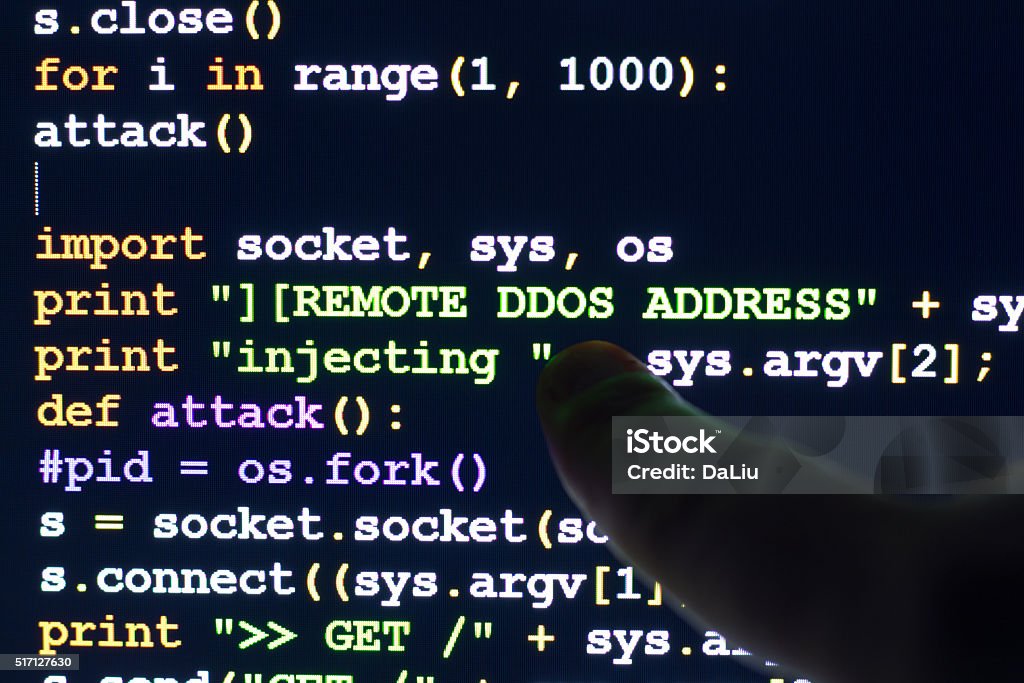Handling Errors and Exceptions in Python
In this post, we’ll discuss the two main types of errors in Python: syntax errors and exceptions. You will learn how to use try, except, else, and finally to handle exceptions, and how to manage multiple exceptions efficiently. Handling errors effectively is crucial for writing robust and user-friendly Python programs.
Types of Errors in Python
In Python, errors can be broadly classified into two categories:
Syntax Errors
Syntax errors occur when the syntax of a line of code is incorrect and Python is unable to interpret it.
Example of a syntax error:
1
print("Hello world" # Missing closing parenthesis
Output:
1
SyntaxError: unexpected EOF while parsing
To fix this, we need to ensure that all syntax is correct. In this case, adding the missing closing parenthesis would resolve the error.
Exceptions
Exceptions occur when, despite the code being syntactically correct, something unexpected happens during execution. For example, attempting to divide a number by zero or adding an integer to a string will trigger an exception.
Example of an exception:
1
2
3
num1 = 5
num2 = "5"
print(num1 + num2) # Mixing int and str
Output:
1
TypeError: unsupported operand type(s) for +: 'int' and 'str'
To handle such cases, Python offers exception handling through try and except blocks.
Handling Exceptions in Python
To handle exceptions gracefully, Python provides the try and except statements. The code that might raise an exception is placed inside the try block, while the response to an exception is written in the except block.
Basic Exception Handling with try and except
Example:
1
2
3
4
5
6
try:
num1 = 5
num2 = "5"
print(num1 + num2)
except TypeError:
print("Data types are not compatible for this operation.")
In this case, if a TypeError occurs, the except block executes and provides a meaningful message to the user.
Handling Multiple Exceptions
Python allows you to handle multiple types of exceptions in different except blocks. This is useful when your code might raise different types of exceptions, each needing a specific response.
Example:
1
2
3
4
5
6
7
8
try:
num1 = 5
num2 = 0
print(num1 / num2)
except ZeroDivisionError:
print("Cannot divide by zero.")
except TypeError:
print("Data types are not compatible for this operation.")
In this case, the program handles both ZeroDivisionError and TypeError separately, providing tailored feedback to the user.
Using else and finally with try/except
else: This block executes if no exception occurs in thetryblock.finally: This block always executes, regardless of whether an exception occurred. It’s useful for cleaning up resources, such as closing files.
Example:
1
2
3
4
5
6
7
8
9
while True:
try:
age = int(input("Enter your age: "))
print("Your age is:", age)
break
except ValueError:
print("Error occurred. Please enter a valid number.")
finally:
print("End of iteration")
In this code, if a ValueError occurs (for example, if the user enters a non-numeric value), the except block handles it. Regardless of what happens, the finally block runs every time, displaying “End of iteration”.
Handling Multiple Exceptions in a Single Block
Python also allows handling multiple exceptions in a single except statement. This helps keep your code clean and readable.
Example:
1
2
3
4
5
6
try:
num1 = int(input("Enter the first number: "))
result = 10 / num1
print("The result is:", result)
except (ZeroDivisionError, ValueError) as e:
print(f"An error occurred: {type(e).__name__}")
In this example, we catch both ZeroDivisionError and ValueError with one except statement and print the name of the error type.
Specific Exceptions: KeyboardInterrupt and EOFError
Python allows you to handle specific user-generated exceptions like KeyboardInterrupt (generated when a user presses Ctrl+C) and EOFError (when reading beyond the end of a file).
Example:
1
2
3
4
5
6
7
try:
name = input("Enter your name: ")
print(name)
except KeyboardInterrupt:
print("The execution was canceled by the user.")
except EOFError:
print("Input ended unexpectedly.")
Handling these specific exceptions ensures that your program doesn’t crash abruptly when users take certain actions, such as terminating input.
Catching All Exceptions
There may be cases where you aren’t sure which type of exception might occur. In such cases, you can catch all exceptions using a generic Exception clause.
Example:
1
2
3
4
5
try:
name = input("Enter your name: ")
print(name)
except Exception as e:
print(f"An unexpected error occurred: {type(e).__name__}")
While catching all exceptions is useful, it is generally recommended to only catch exceptions that you know how to handle appropriately to avoid masking potential bugs.
Practice Exercises
To practice exception handling in Python, try the following exercises:
Exercise 1: Age Input with Error Handling
Create a program that asks the user for their age. Handle errors that occur if the user enters a non-numeric value or presses Ctrl+C to cancel the input.
Exercise 2: Division with Error Handling
Write a program that takes two numbers from the user and divides them. Handle division by zero and invalid input types.
Exercise 3: General Exception Handling
Create a program that takes any input from the user and prints it. Use a generic exception handler to catch unexpected errors and display the error type.
More Information
Proper error handling ensures your program can handle unexpected situations gracefully, improving the user experience. Python’s error and exception management tools allow for flexible and comprehensive handling of different error types.
For further learning, explore:
- Python Official Documentation on Errors and Exceptions
- Real Python - Python Exceptions: An Introduction
Next Steps: In the next post, we will explore Object-Oriented Programming (OOP) in Python, including classes, objects, and inheritance. Stay tuned and keep coding!
